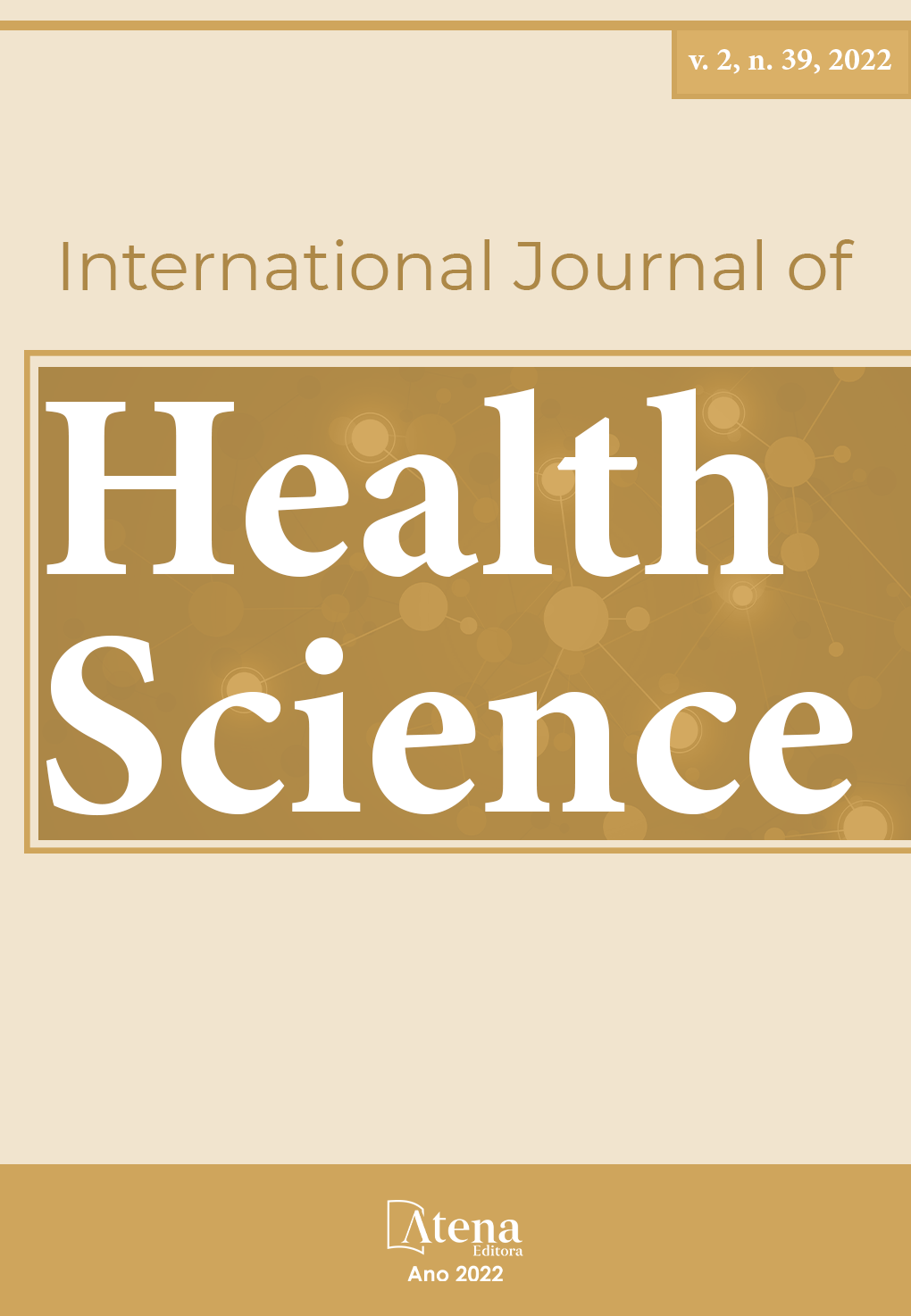
lPRONATION IN THE EARLY TREATMENT OF HYPOXIA IN THE MANAGEMENT OF COVID-19
Many publications have emphasized the acute and chronic complications of COVID-19, in contrast to the absence of effective protocols that reduce long-term complications. Currently, means to increase oxygenation are recommended only for severe cases with respiratory failure. Hypoxia plays an important role in the pathophysiology of acute and chronic COVID-19, inducing inflammation, thrombogenesis and facilitating viral entry. The rationale for early outpatient treatment in preventing hospitalization, death, and disabling sequelae has not yet been determined. Meanwhile, treatment guidelines must include the introduction of means to increase oxygenation in the home environment. Pronation is a safe method to improve oxygenation, and patients with early signs of hypoxia, such as fatigue, drowsiness, tachycardia, or headache, must be instructed to maintain pronation according to individual tolerance.
lPRONATION IN THE EARLY TREATMENT OF HYPOXIA IN THE MANAGEMENT OF COVID-19
-
DOI: 10.22533/at.ed.1592392215075
-
Palavras-chave: COVID-19, hypoxia, oxygen therapy, pronation, home monitoring.
-
Keywords: COVID-19, hypoxia, oxygen therapy, pronation, home monitoring.
-
Abstract:
Many publications have emphasized the acute and chronic complications of COVID-19, in contrast to the absence of effective protocols that reduce long-term complications. Currently, means to increase oxygenation are recommended only for severe cases with respiratory failure. Hypoxia plays an important role in the pathophysiology of acute and chronic COVID-19, inducing inflammation, thrombogenesis and facilitating viral entry. The rationale for early outpatient treatment in preventing hospitalization, death, and disabling sequelae has not yet been determined. Meanwhile, treatment guidelines must include the introduction of means to increase oxygenation in the home environment. Pronation is a safe method to improve oxygenation, and patients with early signs of hypoxia, such as fatigue, drowsiness, tachycardia, or headache, must be instructed to maintain pronation according to individual tolerance.
-
Número de páginas: 5
- Lia Likier Steinberg
- Ricardo Siufi Magalhães
- Giuliano Dimarzio
- Rafaela Castellar Corte


